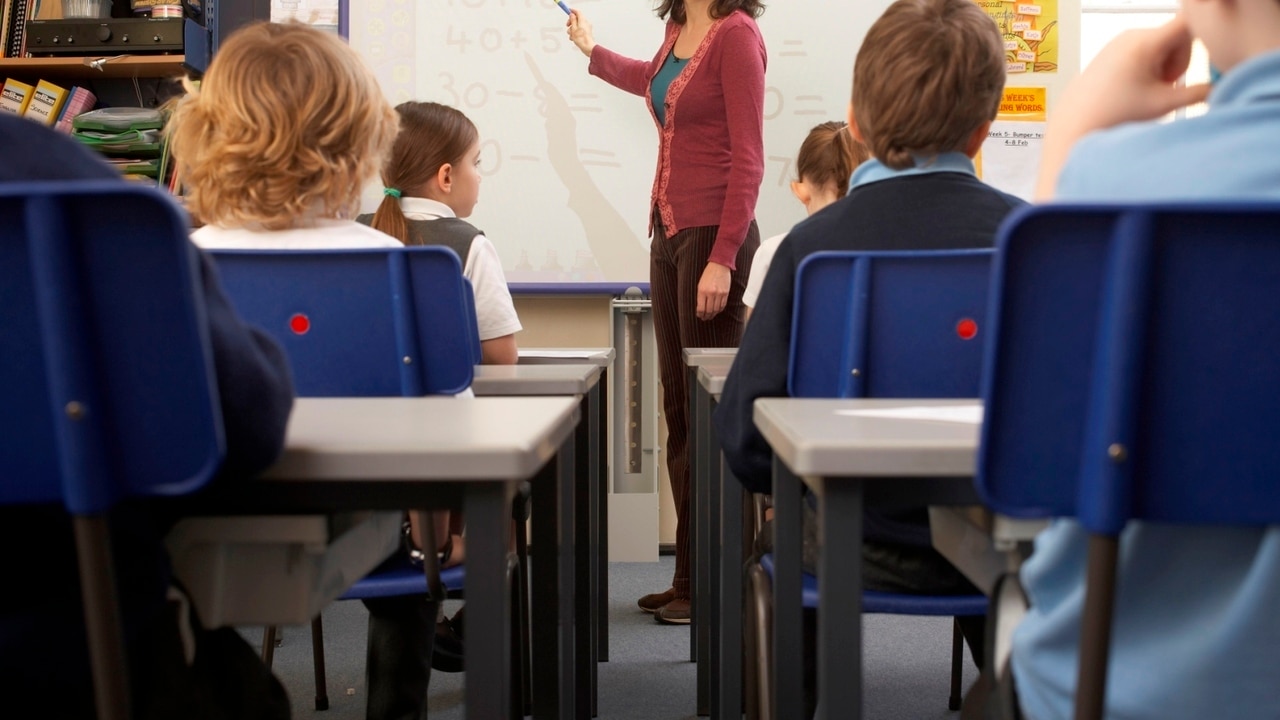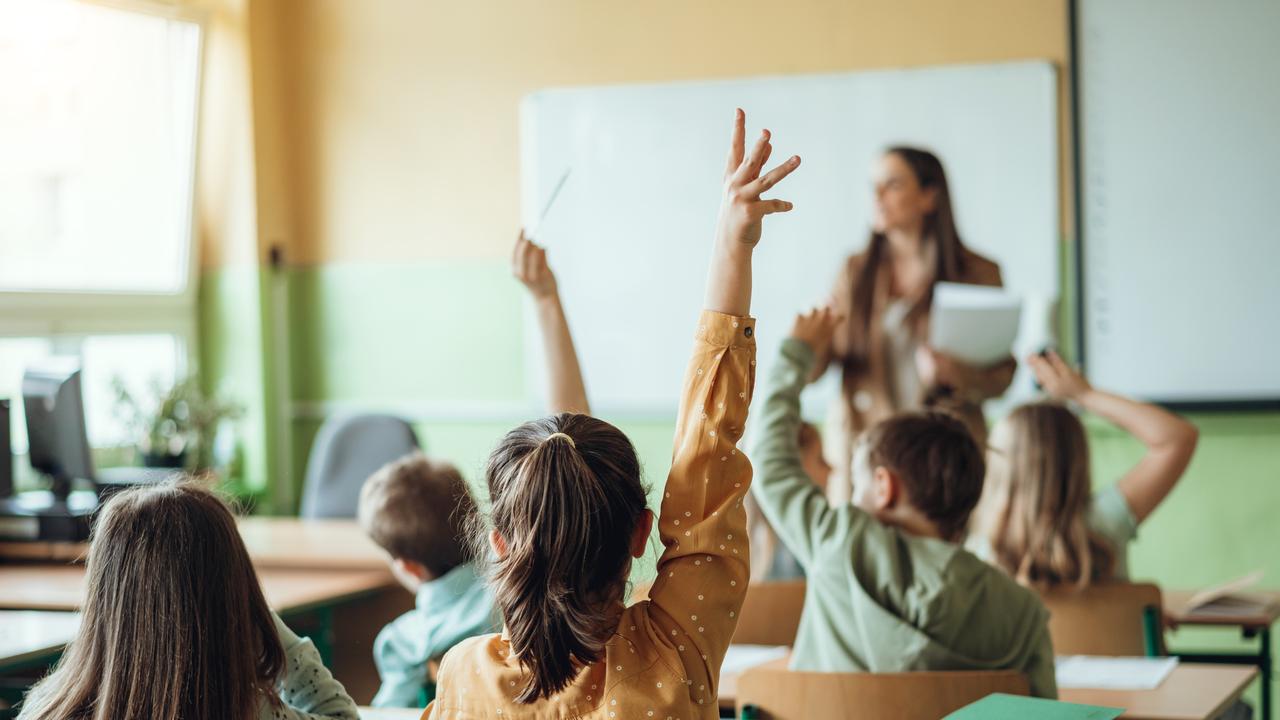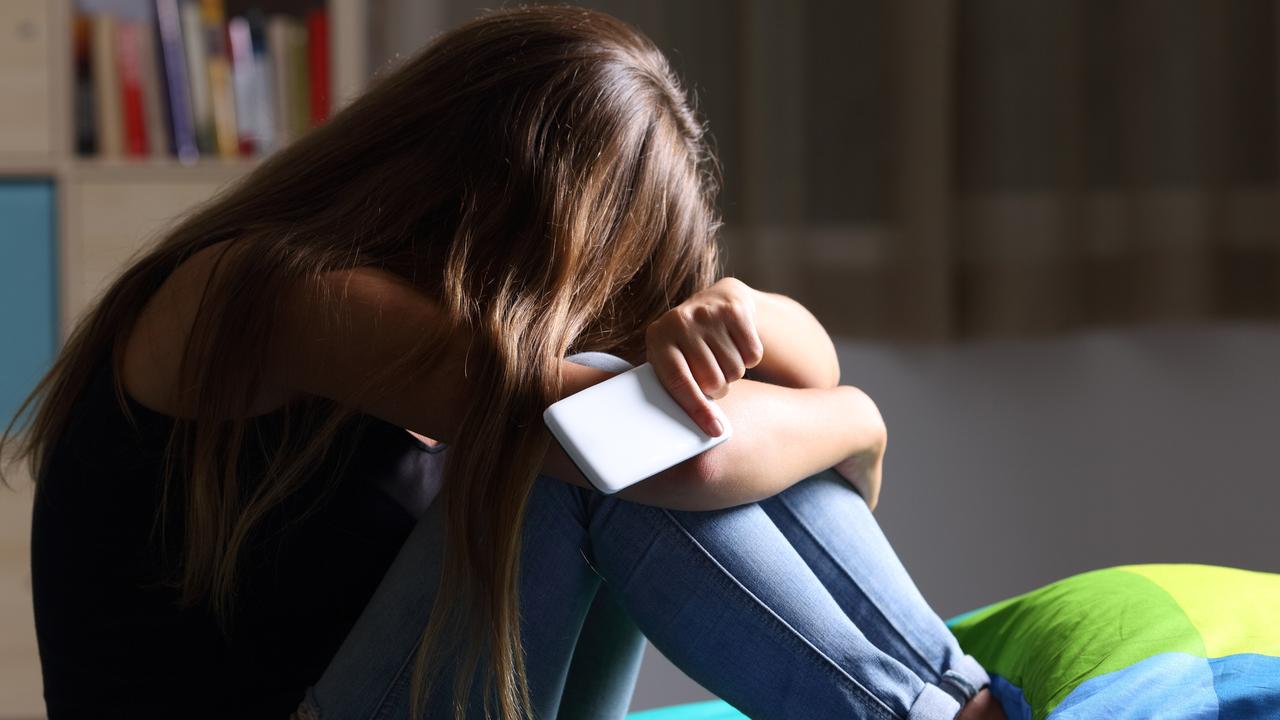QLD online schooling statistics can’t guarantee students learning
As the Opposition warns there’s no substitute for being in class, the extent of Queensland’s homeschooling is revealed in the latest data.

Education
Don't miss out on the headlines from Education. Followed categories will be added to My News.
EIGHTY per cent of Queensland students have been recorded homeschooling, with up to 14 per cent physically in classrooms in the first week of school.
But experts warn there is no real guarantee children are still learning.
Grandparents help out family with remote learning assistance
Homeschool Qld: Parents and students give their verdict
Between 5.2 per cent and 6.7 per cent of Queensland state school students were marked absent last week during the first week of home learning, while attendance rates in classrooms range from 11.1 per cent to 13.9 per cent last week.
Online participation ranged from 79.6 per cent and 83.6 per cent.
However USQ education expert Stewart Riddle said the absence data didn’t reflect whether learning was taking place.
“I would say that these figures are meaningless because you have the attendance figure at school, but doesn’t mean they’re learning because they’re mostly just being supervised while they’re doing independent tasks much like they’d do at home,” he said.
“You've got the ones learning at home who write back to the school via text, app or email depending on the school but that doesn't give you any indication of what's actually going on.
“The absences – all that tells you is that 5 per cent of people didn't reply.”
However the Department of Education said student wellbeing and learning was its highest priority.
“It is expected that schools will connect with students (individually or in a group) or parents daily, either online through interactive digital technologies, by email, phone or text as appropriate,” it said.
The department has created resources including learning@home website and The Learning Place, while schools are encouraged to use OneDrive, Notebook, virtual classrooms, web and video conferencing, e-books and other platforms to connect with students and facilitate learning.
“Staff are continuing to monitor the learning and wellbeing of their students through a range of school-based strategies,” a spokesman said.
“The options taken will be school-based decisions depending on current school processes and a student’s capability and capacity to work from home.”
Opposition Leader Deb Frecklington said as long as children were not in school, there was no guarantee learning was still taking place.
“The best place for kids to learn is at school, and it should be up to parents if they want to send their kids,” she said.
“Coronavirus has taken much from us; we can’t let it take a year of our kids’ education as well.
“The independent expert education advice is that online learning puts some kids at a disadvantage, which is totally unacceptable.”


